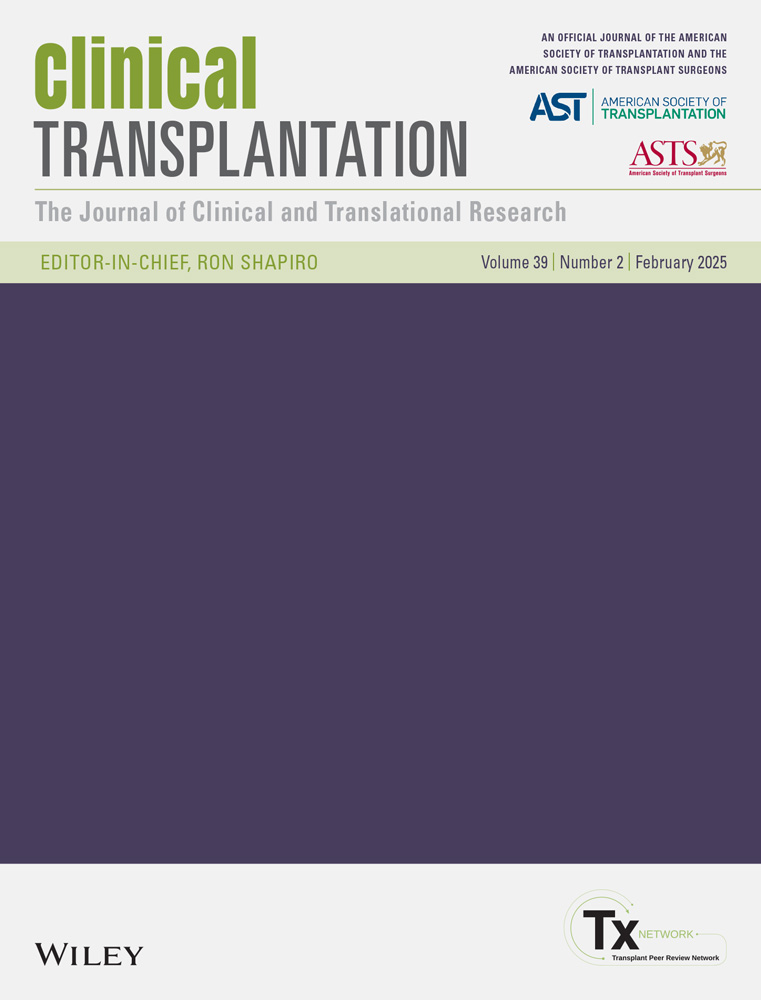Individual Association of Predicted Left and Right Ventricular Mass Ratios With Survival After Heart Transplantation: A UNOS Database Analysis
ABSTRACT
Background
Predicted heart mass (PHM) ratio is a commonly used metric for donor-to-recipient size matching that has been associated with survival after heart transplantation (HTx). PHM represents a sum of two separate statistical models for predicted left ventricular mass (PLVM) and predicted right ventricular mass (PRVM); however, their individual contributions have not been sufficiently studied. We sought to assess the association of donor-to-recipient PLVM (PLVMR) and PRVM ratios (PRVMR) with overall posttransplant survival individually.
Methods
Adult heart transplant recipients from 2005 to 2021 were queried from the UNOS database. A three-dimensional tensor product spline model assessed the association of PLVMR and PRVMR with survival simultaneously on a continuous distribution. Subsequently, PLVMR and PRVMR were explored individually using individual restricted cubic spline models.
Results
A total of 25 549 patients were analyzed. Of these, female recipients comprised 26.7% (n = 6818), and the median age was 56 [IQR 46–63] years. In the three-dimensional restricted cubic spline (3D-RCS) model, PLVMR and PRVMR were significantly associated with survival (p value: overall = 0.002, PLVMR = 0.0006, PRVMR = 0.0006, PLVMR*PRVMR = 0.0002). When analyzed with two-dimensional restricted cubic spline (2D-RCS) models, PLVMR was not associated with survival (p = 0.59), while PRVMR retained its significant association (p = 0.04).
Conclusion
While both PLVMR and PRVMR appear to be associated with posttransplant survival, the effect of PRVMR might be disproportionately high as PRVM makes up a much smaller fraction of PHM than PLVM.
Conflicts of Interest
The authors declare no conflicts of interest.
Open Research
Data Availability Statement
Data sharing not applicable to this article as no datasets were generated or analyzed during the current study.




